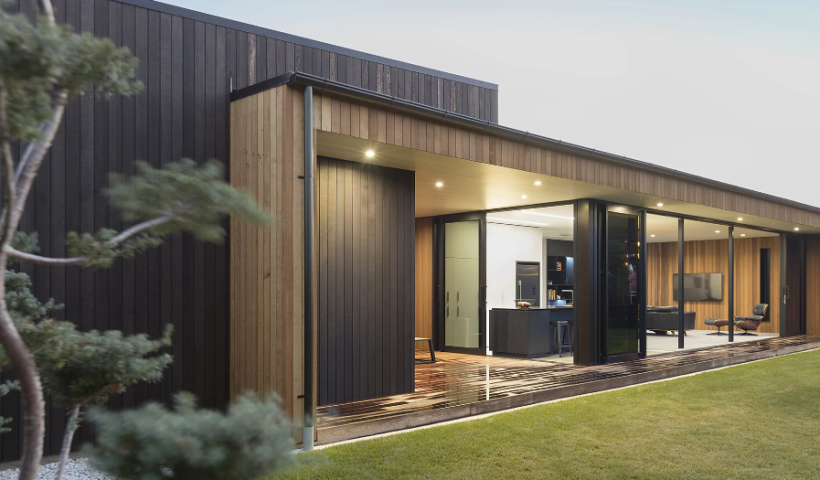
Here's a look at some of the top questions the Dryden team get about cedar, to help you and your clients make the most of your beautiful cedar cladding.
Does cedar wood need re-coating or ongoing maintenance?
Yes, although naturally rich in protective oils, cedar cladding requires regular re-coating to stay strong and decay-free. Start your cedar maintenance journey with a coating of Dryden WoodOil and follow up with a soft wash and visual inspection every twelve months. Apply a fresh coat of wood oil or stain, depending on the condition of the timber — generally no sooner than two summers.
How often do I need to apply an oil or stain to cedar?
Because cedar cladding is exposed to the elements, it’s recommended that you give it a soft wash every year and apply a coat of wood oil or 1-2 coats of stain every few years — but this depends on the product used and the timber’s condition.
The timing and number of coats depend on the timber’s natural variations and the weather in your area. Generally, more direct sun means more frequent maintenance is needed.
Regular checks and appropriate maintenance coats will not only maintain its weather-resistant properties but also keep it looking impeccable.
How often does new cedar cladding need oiling?
If you’re building with fresh cedar and started with Dryden WoodOil, it’s recommended to apply a “top-up” coat of WoodOil (maybe combined with Colourtone+) within 30-90 days of the first coat. After that, an annual soft wash and inspection are perfect, with standard maintenance every 12-36 months.
This process will maximise the oil’s protective qualities and ultimately extend the lifespan of your investment.
Can you stop cedar from going grey?
To maintain the rich, warm tones of cedar, it’s important to coat the cedar with a high-quality sealant. A premium solution like Dryden WoodOil protects from the inside out and contains an anti-fungal additive to help protect against mould and decay — and it’s perfect with Colourtone+, which slows the cedar from turning grey with its UV-blocking properties.
How do you apply Dryden WoodOil?
Dryden WoodOil is one of NZ’s favourite cedar maintenance products because it is so easy to use. We have a detailed guide to cedar maintenance, but here’s the quick version:
For dressed or band-sawn cedar, use a wide bristle brush or a speed pad — just avoid the lambswool types. A medium-nap roller or airless spray system can also be used to apply the oil to your cladding.
Remember to regularly stir the wood oil throughout the application process to maintain a consistent colour.
You don’t need to apply fresh oil to every side of the house unless it needs it. It’s not uncommon to coat the western and northern-facing areas more often than the south and east-facing areas. But if you do start on any face, finish it off! This ensures a nice colour consistency for every part of the house.
Dryden WoodOil should not be thinned or altered in any way — you simply apply it to the wood surface and wait until the next day or the day after till the wet look has disappeared — it’s as easy as that!
To learn more about how Dryden can help keep your cedar projects looking their best, contact the Dryden team.













 Case Studies
Case Studies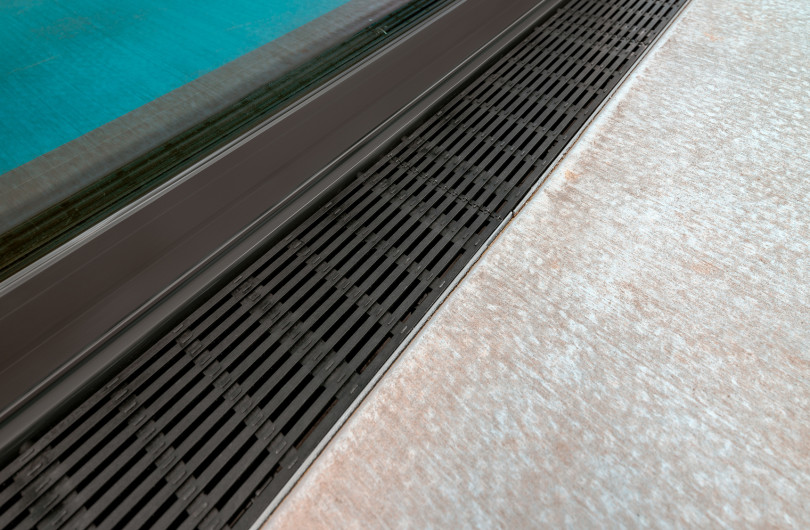




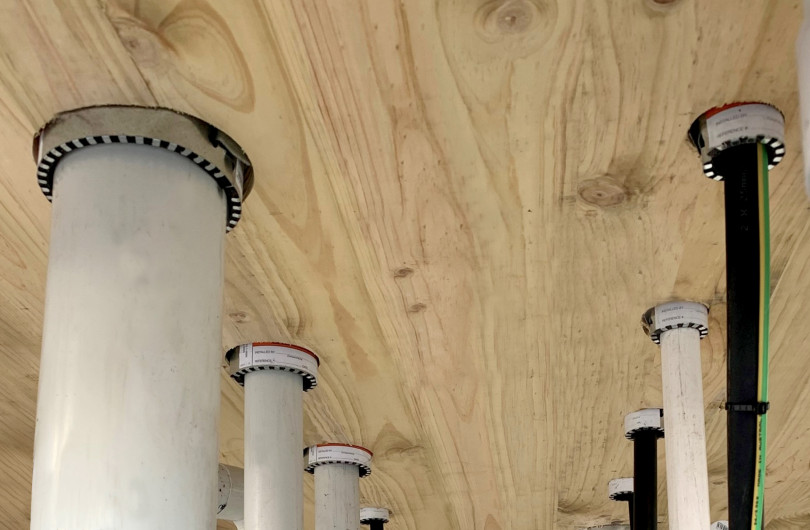







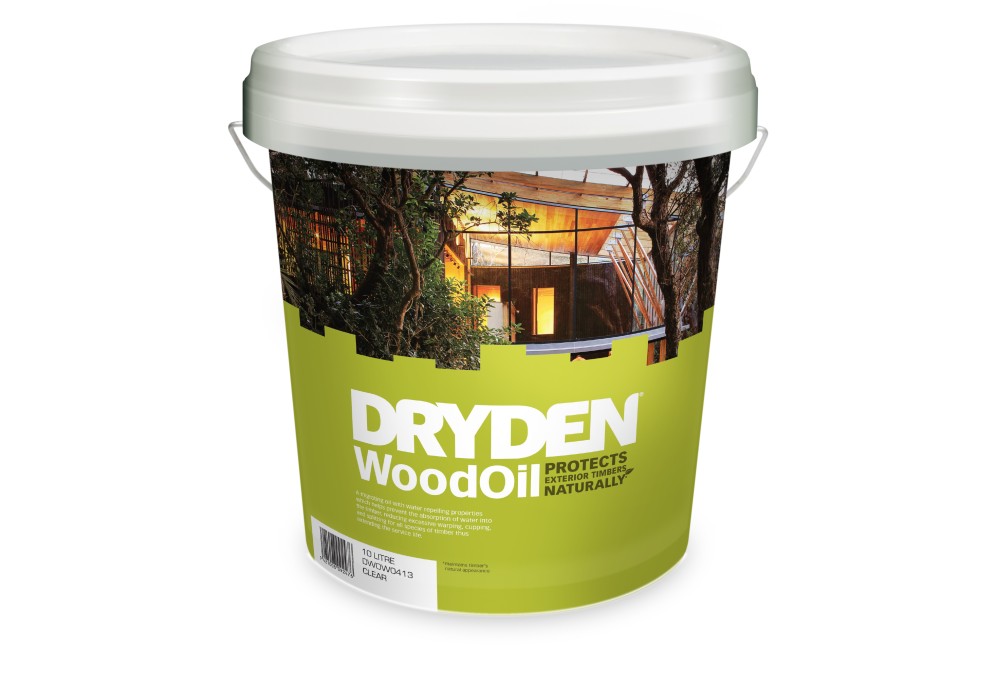
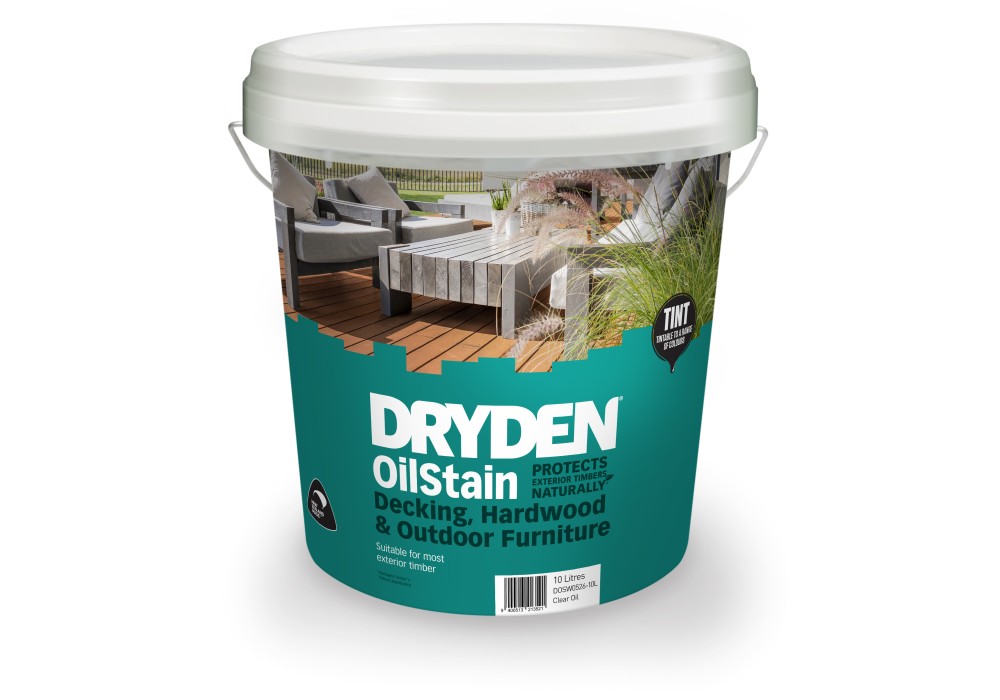
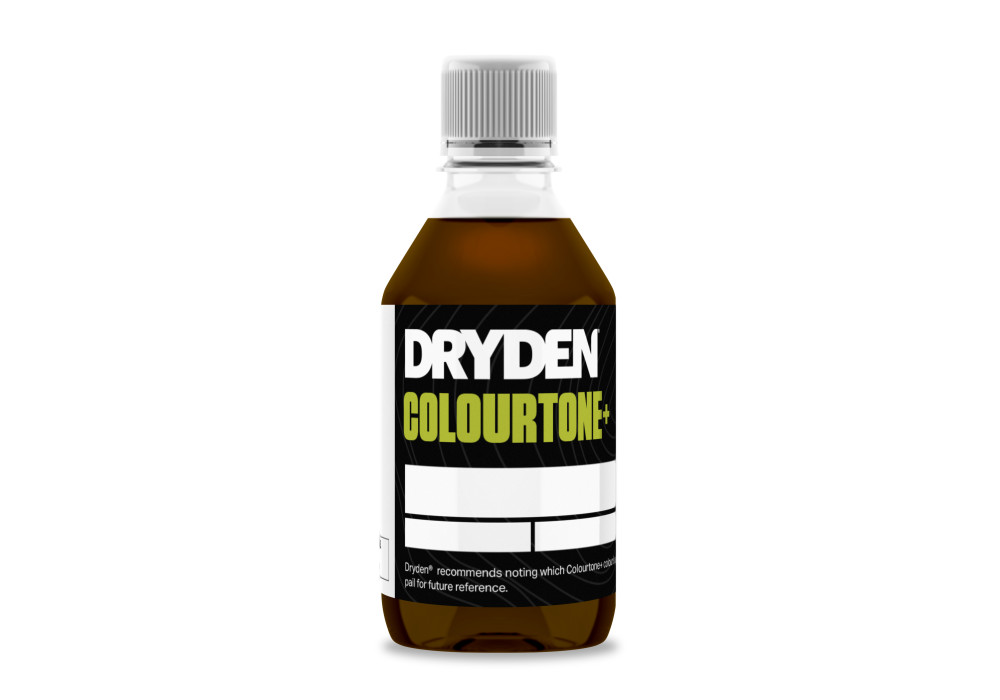

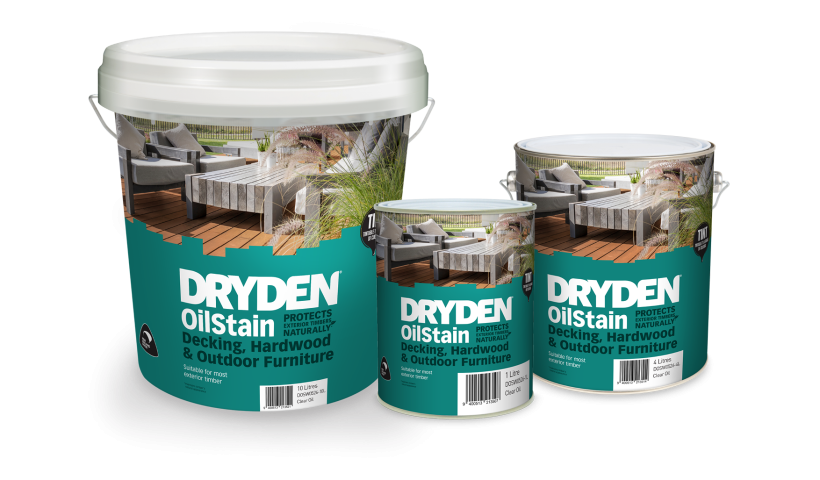
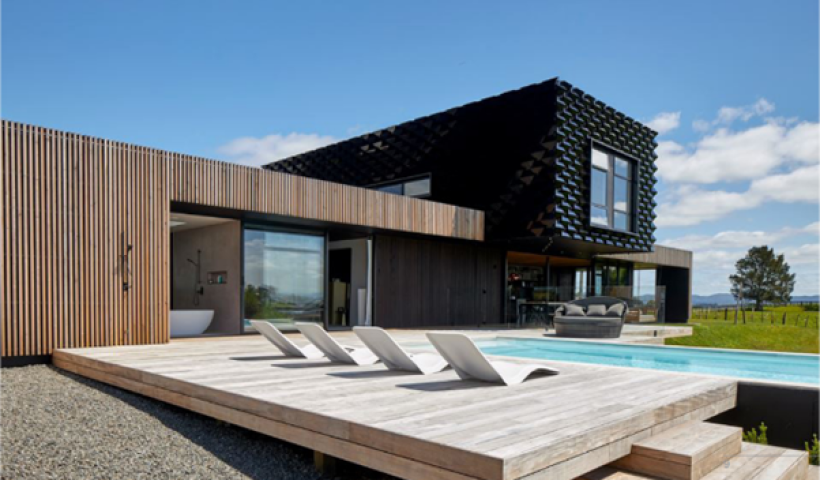
 Popular Products from Dryden
Popular Products from Dryden


 Most Popular
Most Popular


 Popular Blog Posts
Popular Blog Posts
